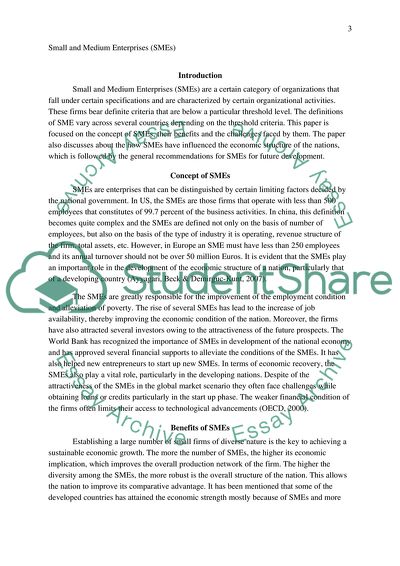Cite this document
(Small and Medium Enterprises (SMEs) Essay Example | Topics and Well Written Essays - 3500 words, n.d.)
Small and Medium Enterprises (SMEs) Essay Example | Topics and Well Written Essays - 3500 words. https://studentshare.org/finance-accounting/1865336-small-and-medium-enterprises-smes
Small and Medium Enterprises (SMEs) Essay Example | Topics and Well Written Essays - 3500 words. https://studentshare.org/finance-accounting/1865336-small-and-medium-enterprises-smes
(Small and Medium Enterprises (SMEs) Essay Example | Topics and Well Written Essays - 3500 Words)
Small and Medium Enterprises (SMEs) Essay Example | Topics and Well Written Essays - 3500 Words. https://studentshare.org/finance-accounting/1865336-small-and-medium-enterprises-smes.
Small and Medium Enterprises (SMEs) Essay Example | Topics and Well Written Essays - 3500 Words. https://studentshare.org/finance-accounting/1865336-small-and-medium-enterprises-smes.
“Small and Medium Enterprises (SMEs) Essay Example | Topics and Well Written Essays - 3500 Words”. https://studentshare.org/finance-accounting/1865336-small-and-medium-enterprises-smes.


